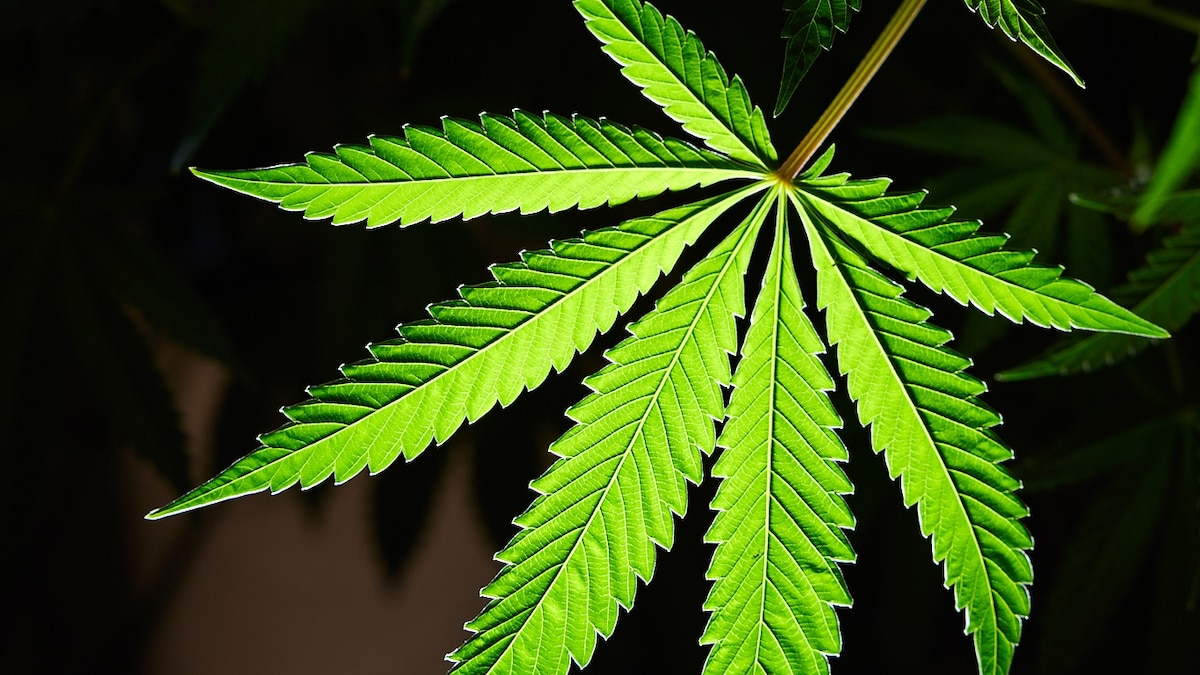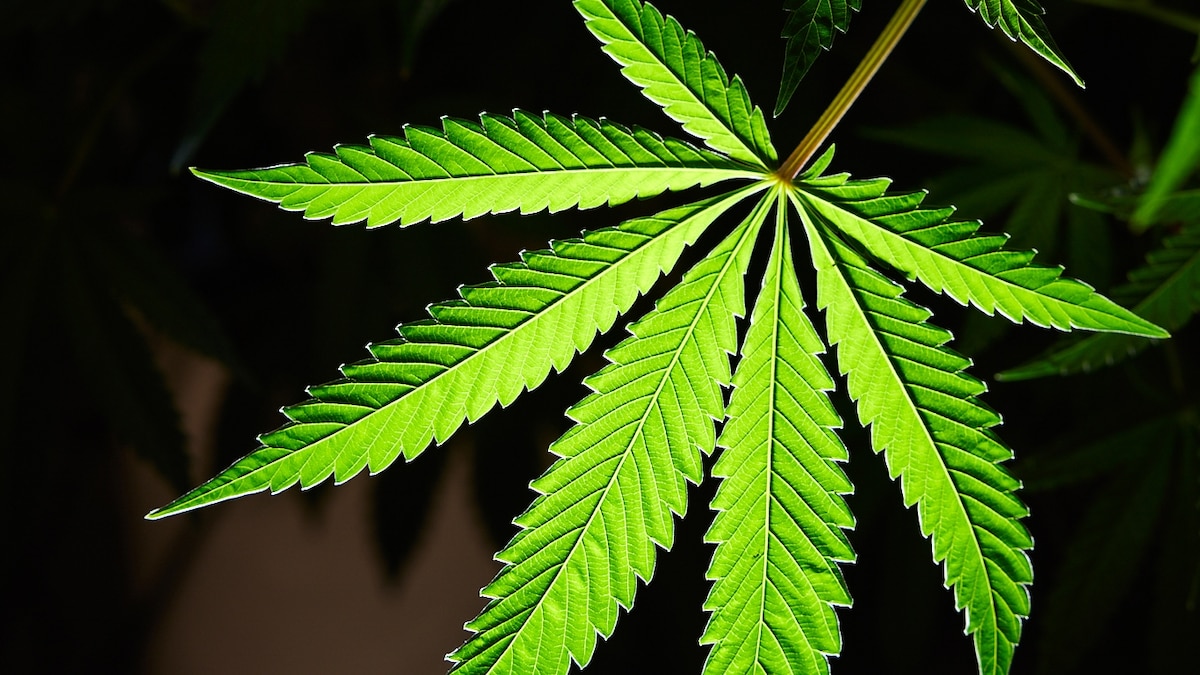[#item_full_content] As legal restrictions loosen, scientists are investigating long held beliefs that cannabis has few side effects and can effectively relieve pain.  Read More
Read More

[#item_full_content] As legal restrictions loosen, scientists are investigating long held beliefs that cannabis has few side effects and can effectively relieve pain.  Read More
Read More